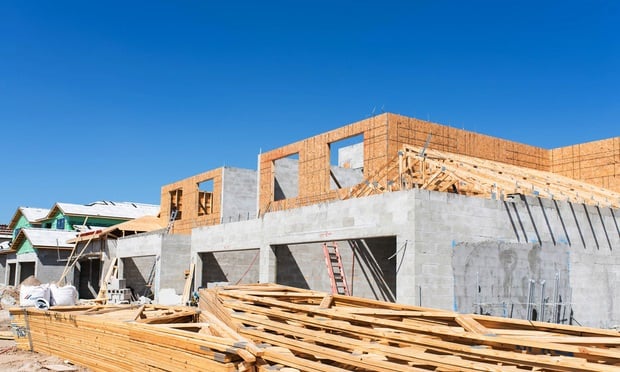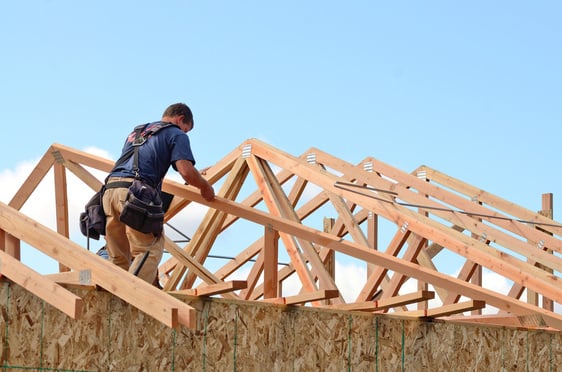LOS ANGELES—The office market landscape across the country is changing in many of the nation's cities as the labor force and, subsequently, office-using tenant mix, is shifting. That is, cities from New York to Los Angeles are seeing an increasing amount of leases being signed with firms in the more creative fields of media, technology and advertising, as opposed to more traditional professional and financial services companies.
As those creative-type tenants seek to attract and retain the best talent and infuse the space they occupy with their firm's “personality,” office owners need to adjust their approach to developing and building out space. At the same time, brokers working to attract or find space for such tenants must also alter the way they look at space.
The demand for creative offices has grown so much that these days, there are even firms who specialize in the space. One such group is Santa Monica-based Industry Partners, an entrepreneurial real estate services firm specializing in the representation of landlords, tenants and developers with a particular focus on creative work environments and adaptive reuse projects. GlobeSt.com's Natalie Dolce recently sat down with one of the firm's founding partners, Jim Jacobsen, to discuss these trends. While much of Industry Partners' work centers on West Los Angeles, much of what he has to say holds true in any market.
NATALIE DOLCE: When companies seek space that offers an authentic experience within their working environment that enhances maybe the mood or creative work process, what are some examples of the tangibles (and intangibles) that you have seen creative tenants look for?
JIM JACOBSEN: They're looking for light and airflow in all the right places. Flexible multi-function workspaces that do everything from enhancing collaboration or providing impromptu meeting nooks to accommodating shifts in team structures or personnel count and encouraging a mixing of the minds. Customized spaces with a focus on quality design and authentic materials and interesting color and design elements that feel appropriate to the area, building and tenant. They want raw materials, unique finishes and sustainability that people can touch and feel—going beyond the LEED checklist. They want space for the entire company to meet; access to transit; space that's true to the tenant's brand DNA; and spaces that leverage their location—outdoor spaces with barbecues, decks and vegetable gardens, for example.
DOLCE: When these creative companies are touring properties, aside from the data point features, what experiential aspects of a space are weighed?
JACOBSEN: We get questions like: Is this a convenient commute for most of my team? Is this an area with interesting amenities, a restaurant scene, cultural significance, etc.? Where do I go to lunch? Can I be part of this community and make it better by being here? Can I bring my dog to work? Are there showers for those who ride their bikes to work? Can this space accommodate our screening room, in-house catering, basketball court, etc.? Is there good bike access? Does this space reflect or enhance my company's culture, brand, vibe, vision, etc.? Does this space inspire me? Will it foster collaboration among the members of my team? Can I dream up the next “big idea” in that office? Will my clients dig the space? Will this space allow my team to be productive, accommodate growth, or evolve with my business model? Will my employees like working here? Will this space allow me to attract top talent? Can I see myself coming here every day? Is this a place where my team can pull can pull an all-nighter? Are there other media, advertising, entertainment, etc. companies in this building, on this block or in this area? What about my clients, business partners and competitors?
DOLCE: When adapting an existing property to become creative space, what are some key things to keep in mind?
JACOBSEN: When we adapt an existing property, we invest the time to understand the property's location, its unique evolution and the building's DNA. That means we work to retain some of the unexpected in a reuse—that cool, memorable feature that surprises a tenant and creates that additional point of connection. Instead of simply replacing original materials, we will actually try to figure out how to preserve the original, dented corrugated metal on building (because you can't replicate the amazing patina), or strip back interior walls to expose vintage brick, or leaving up an old industrial dust collector on the outside of a building. It's the small details that telegraph to tenants that they are in a specific place, and not just in a generic office park in Anytown, USA.
Continue Reading for Free
Register and gain access to:
- Breaking commercial real estate news and analysis, on-site and via our newsletters and custom alerts
- Educational webcasts, white papers, and ebooks from industry thought leaders
- Critical coverage of the property casualty insurance and financial advisory markets on our other ALM sites, PropertyCasualty360 and ThinkAdvisor
Already have an account? Sign In Now
© 2024 ALM Global, LLC, All Rights Reserved. Request academic re-use from www.copyright.com. All other uses, submit a request to [email protected]. For more information visit Asset & Logo Licensing.








